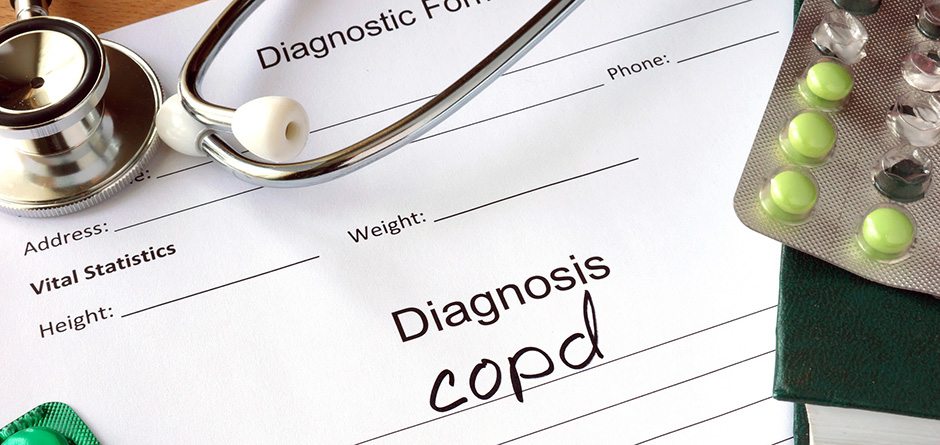
[This piece was written by Kathy Ristau, RRT, RPFT, AE-C with St. Peter’s Cardiopulmonary Rehabilitation and Wellness Program.]
We all love the thought of spring with the magnolia trees blooming, the smell of grass growing and the sound of bees buzzing. That is, until our first “Aaaachoooo” – the telltale sign that allergy season is upon us.
Surely, we can have allergies all year long. But, traditionally, it’s spring that brings out the worst symptoms in the asthmatic.
As of 2016, there were 96,173 asthmatics in the Capital Region with 47,400 of them living in Albany and Rensselaer counties. Additionally, 2016 saw 500 hospitalizations and nine deaths in these two counties related to asthma.
With May being National Asthma and Allergy Awareness Month, now is the perfect time to increase your knowledge about asthma and how best to self-manage the disease.
Because an asthmatic’s lungs react to a trigger, the removal or avoidance of the trigger will limit the reaction or perhaps prevent it from happening. And, if a reaction does occur, certain medications can be taken to reverse the airway’s reaction.
The key is control. If an asthmatic can learn how to control his/her environment and avoid triggers, s/he can keep him/herself healthy and out of the emergency department. There are five lessons to keep in mind.
Lesson One
Understand that asthma is a chronic, reversible, inflammatory disease. An attack causes airways to swell, muscles in the airways to shrink and tighten, and mucus to increase in the airways.
Lesson Two
Tracking your symptoms is critical. Are you coughing? Wheezing? Are you experiencing chest tightness and shortness of breath? By tracking your symptoms, you can identify what causes those reactions.
Lesson Three
What is in your environment when you experience these symptoms? Some common triggers are dust, pollen, pets, mold and exercise.
Lesson Four
Once you know your triggers and reactions, you need to work with your physician to learn what medications you need and how to take them. There are as many as 23 different inhaled medications in as many as eight different delivery devices. Managing your asthma means taking the right medication, at the right time, and in the right way.
Lesson Five
The last lesson is to develop an Asthma Action Plan with your physician. This document has the directions on what to do when your breathing changes after exposure to a trigger. It will tell you what to do to control your symptoms when they start, what medications to take and when to seek medical help. A good example can be found on the NYS Department of Health’s website at https://www.health.ny.gov/publications/4850.pdf.
Make this spring the one where you take control of your asthma. Enjoy the season and stop your wheezin’!





